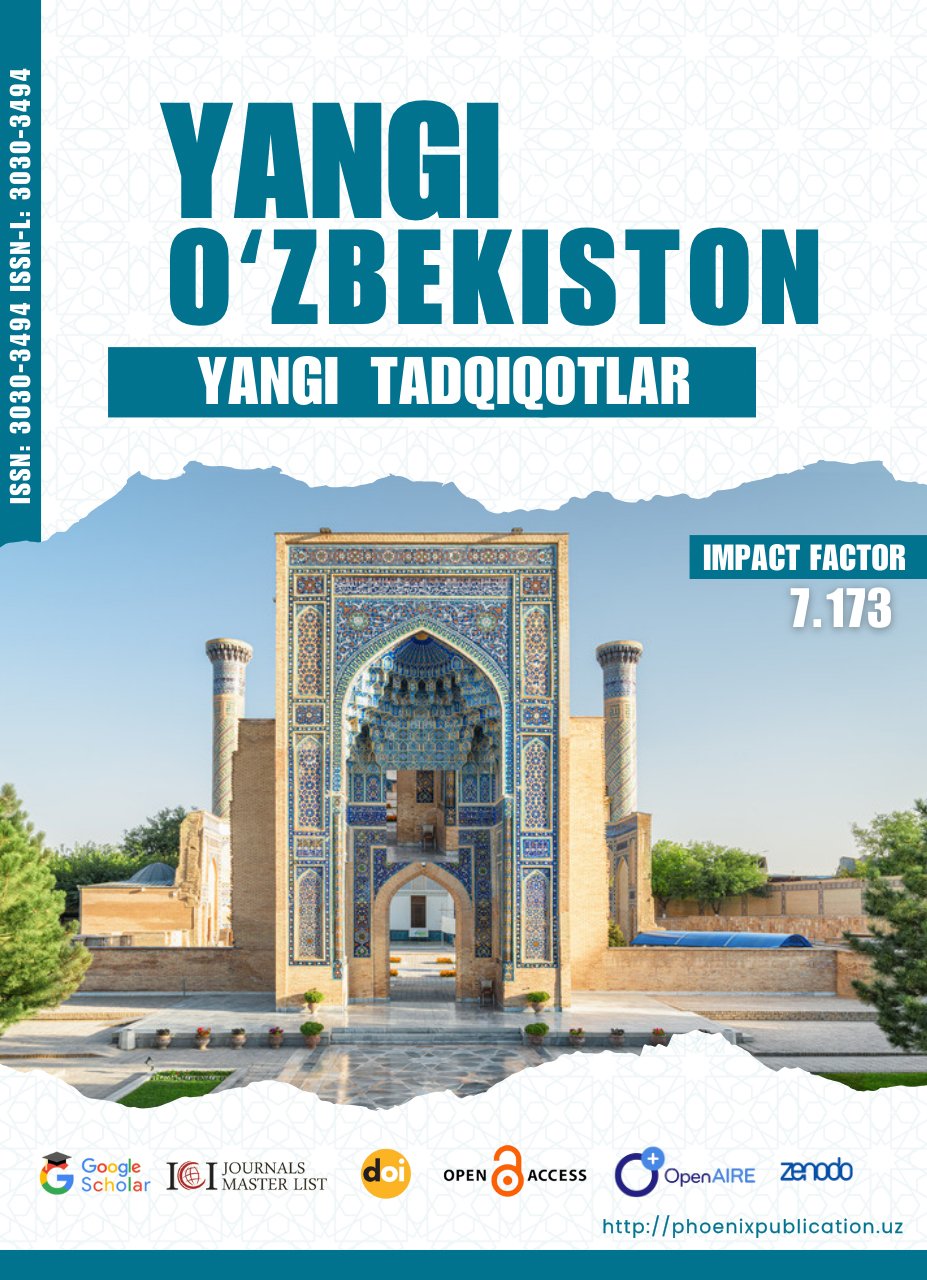Abstract
This article examines innovative strategies for developing speaking skills among English for Specific Purposes (ESP) learners, with an emphasis on integrating technology-focused themes into instructional design. As digital innovation continues to transform modern industries, learners preparing for careers in IT, engineering, and related fields require not only general communicative proficiency but also the ability to engage in technical and professional dialogue. Embedding speaking instruction within tech-based contexts enhances relevance, learner engagement, and vocabulary retention. This study highlights effective pedagogical techniques, task-based frameworks, and material design principles tailored to the communicative needs of tech-oriented ESP learners. Practical examples and classroom applications are included to demonstrate how technology-related themes can enrich speaking practice and promote authentic language use.
References
1) Basturkmen, H. (2010). Developing Courses in English for Specific Purposes. Palgrave Macmillan.
2) Dudley-Evans, T., & St John, M. J. (1998). Developments in English for Specific Purposes: A Multi-Disciplinary Approach. Cambridge University Press.
3) Gilmore, A. (2007). Authentic materials and authenticity in foreign language learning. Language Teaching, 40(2), 97–118.
4) Hutchinson, T., & Waters, A. (1987). English for Specific Purposes: A Learning-Centred Approach. Cambridge University Press.
5) Paivio, A. (1986). Mental Representations: A Dual Coding Approach. Oxford University Press.
6) Wang, S. (2014). Technology integration and language learning. Journal of Language Teaching and Research, 5(3), 597–603.
7) Anthony, L. (2018). Introducing English for Specific Purposes. Routledge.
8) Basturkmen, H. (2010). Developing Courses in English for Specific Purposes. Palgrave Macmillan.
9) Belcher, D. (2006). English for specific purposes: Teaching to perceived needs and imagined futures in worlds of work, study, and everyday life. TESOL Quarterly, 40(1), 133–156. https://doi.org/10.2307/40264514
10) Chapelle, C. A., & Sauro, S. (Eds.). (2017). The Handbook of Technology and Second Language Teaching and Learning. Wiley-Blackwell.
11) Dudley-Evans, T., & St John, M. J. (1998). Developments in English for Specific Purposes: A Multi-disciplinary Approach. Cambridge University Press.
12) Ellis, R. (2003). Task-Based Language Learning and Teaching. Oxford University Press.
13) Flowerdew, J., & Peacock, M. (Eds.). (2001). Research Perspectives on English for Academic Purposes. Cambridge University Press.
14) Gilmore, A. (2007). Authentic materials and authenticity in foreign language learning. Language Teaching, 40(2), 97–118. https://doi.org/10.1017/S0261444807004144
15) Goh, C. C. M., & Burns, A. (2012). Teaching Speaking: A Holistic Approach. Cambridge University Press.
16) Hampel, R., & Stickler, U. (2005). New skills for new classrooms: Training tutors to teach languages online. Computer Assisted Language Learning, 18(4), 311–326. https://doi.org/10.1080/09588220500335455
17) Hutchinson, T., & Waters, A. (1987). English for Specific Purposes: A Learning-Centred Approach. Cambridge University Press
18) Hyland, K. (2007). English for Specific Purposes. Routledge.
19) Johns, A. M. (Ed.). (2013). Genre in the Classroom: Multiple Perspectives. Routledge.
20) Kessler, G. (2018). Technology and the future of language teaching. Foreign Language Annals, 51(1), 205–218. https://doi.org/10.1111/flan.12318
